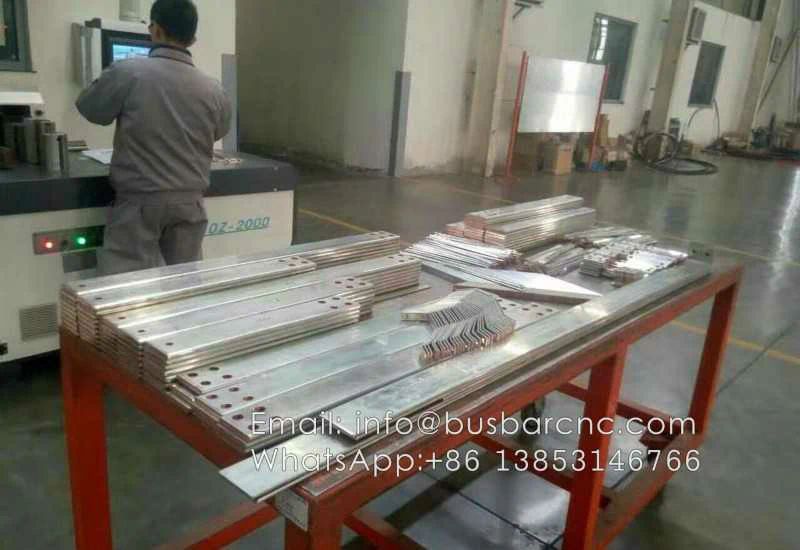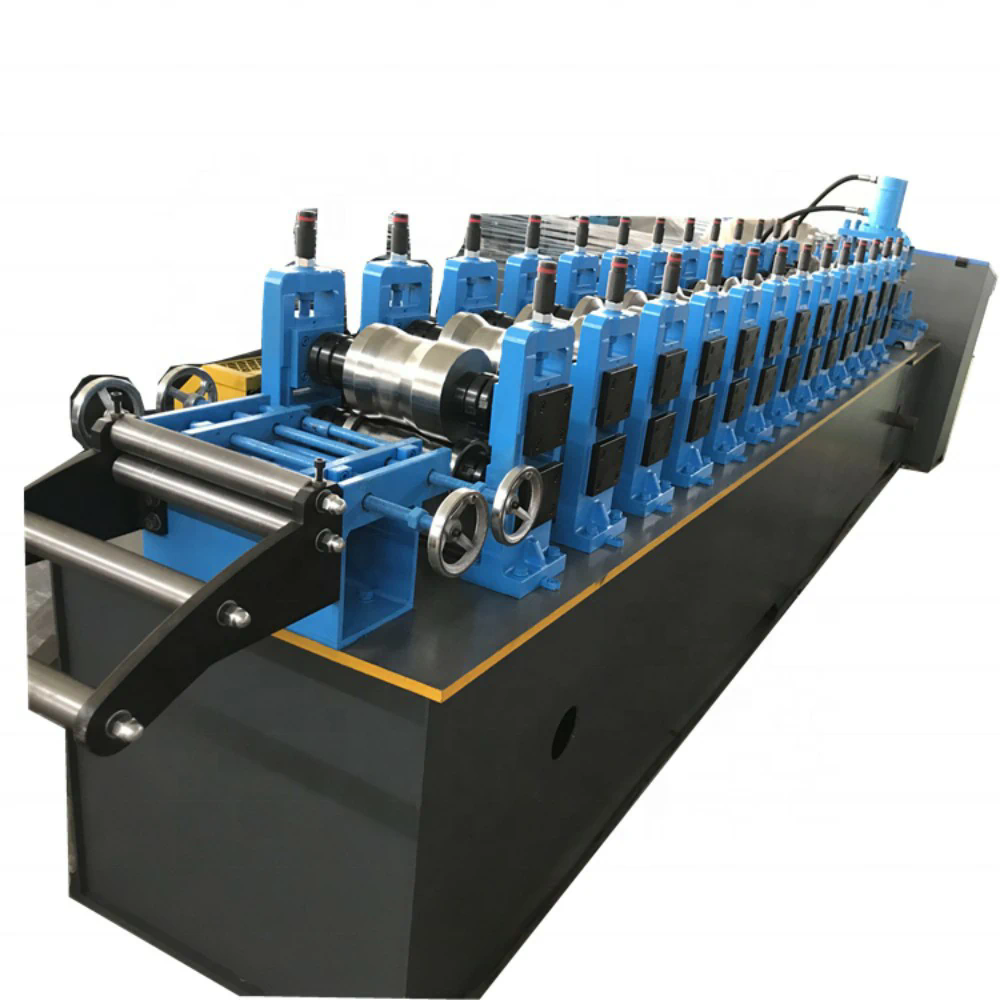Success story: remote online monitoring of water pumps.
“Unitronics’ PLC+HMI integrated controller provides convenient technology for charitable causes.”
Abstract: A team from the University of Johannesburg’s School of Engineering worked on a service project: bringing clean drinking water to a remote village. They thought that by implementing automation and remote monitoring technology, they would be able to remotely monitor the local water quality over an extended period of time. Using two Unitronics PLC+HMI units, they were able to control a solar-powered water pump, record pump performance data, and report on the status of the pump via cellular communication (2G). These multifunctional PLCs made it easy for the University of Johannesburg research team to ensure that the pumps continued to operate optimally long after the initial installation.
Full Article: The School of Engineering and Built Environment at the University of Johannesburg is committed to preparing students for their future careers with hands-on engineering experience. Johan Meyer, associate professor of engineering, and Rene Naidoo, a senior electrical and electronics engineering student, embarked on a community service project, and Johan Meyer saw an opportunity to participate in this project while also addressing a key issue in this type of engineering. In many of these community service and philanthropic projects, there is a “give and forget” effect. Most of these projects are one-time fundraisers, with no maintenance or ongoing technical support after the project is completed, so many quickly fall into disrepair; then the project either has to be restarted or the project sponsor has to pay for the expensive repairs out of his own pocket. Johan Meyer believes that by incorporating automated control and monitoring technology into his community service projects, he can break the “give and forget” cycle.
The main goal of the project is to provide clean drinking water using solar energy to the remote village of Gwakwani. The village’s water supply was originally provided by a diesel pump that had been in use for more than a decade, for which the villagers needed to supply diesel; however, due to cost and transportation conditions, there was a shortage of diesel and the water supply was affected. To ensure a reliable source of energy to provide clean water, Meyer installed a solar borehole pump system. The pumps for this system are located in the depression and are connected to a storage tank about 500 meters high at the top of the depression. For safety reasons, they also installed a second solar-powered system to power the floodlights and set up a cell phone charging station for the villagers.
The cellular data network covers the village of Gwakwani, so Meyer and his team were able to create a remote monitoring system based on this to prevent a “give and forget” effect. The system on site is controlled by Unitronics’ Jazz Series PLC, which connects pressure and flow sensors, and also controls the lighting and charging stations. Since the water tank and pump are separate, the tank does not have power to power the sensors to directly measure the water level. Therefore, the water level can only be valued by measuring the hydrostatic pressure of the feed pipe and compensating for the gain in height difference between the pump and the tank. In addition, a DC current sensor is used to measure the current between the solar panel and the pump, and multiple sensors are used to measure the battery voltage, battery temperature and AC output current of the main inverter to monitor the power status of the PLC itself.
To make sense of all the information collected by the Jazz Series PLC, the PLC can be configured as a Modbus slave, using a wireless modem to transmit data wirelessly to a cellular data interface station. Once the data is converted to a signal on the cellular network, it is transmitted over the GSM network to a second PLC that acts as a Modbus master, a Unitronics Vision 1210, installed at the University of Johannesburg to monitor the status of the pumps, power and water tanks.
The Vision 1210 also tracks the water flow rate based on the solar pump’s current, which allows the team to monitor the status of the pump and identify problems before they occur. Similarly, by looking at the data on the integrated HMI display, they can also monitor voltage and temperature changes over time to ensure that the batteries are not failing or in danger of overheating.
Connectivity between the two PLC devices is critical to avoiding the “give and forget” effect: if any of the monitored data is out of the normal range, the Vision 1210 triggers an alarm that notifies Meyer and his team. From the Vision 1210 PLC at the university, they can then remotely shut down the entire system or parts of it, or send someone to perform necessary maintenance before major problems or damage occur.
Unitronics’ all-in-one PLC + HMI has made a significant improvement for the charity. unitronics’ all-in-one PLCs come in a variety of sizes and configurations, with the Jazz unit for field control being a small PLC with on-board I/O, a basic text display HMI and a keypad, and the Vision 1210 for remote monitoring and control being an integrated The Jazz series and Vision 1210 have excellent communication options: in particular, Modbus protocol and GSM modem, which allow the device to be able to monitor and control solar panels and pumps remotely. Communication configuration, ladder diagram and HMI design are all programmed in a software environment that is very easy to get started. unitronics also offers software generic programs that make data trending and data export easy to configure and easy to use.



